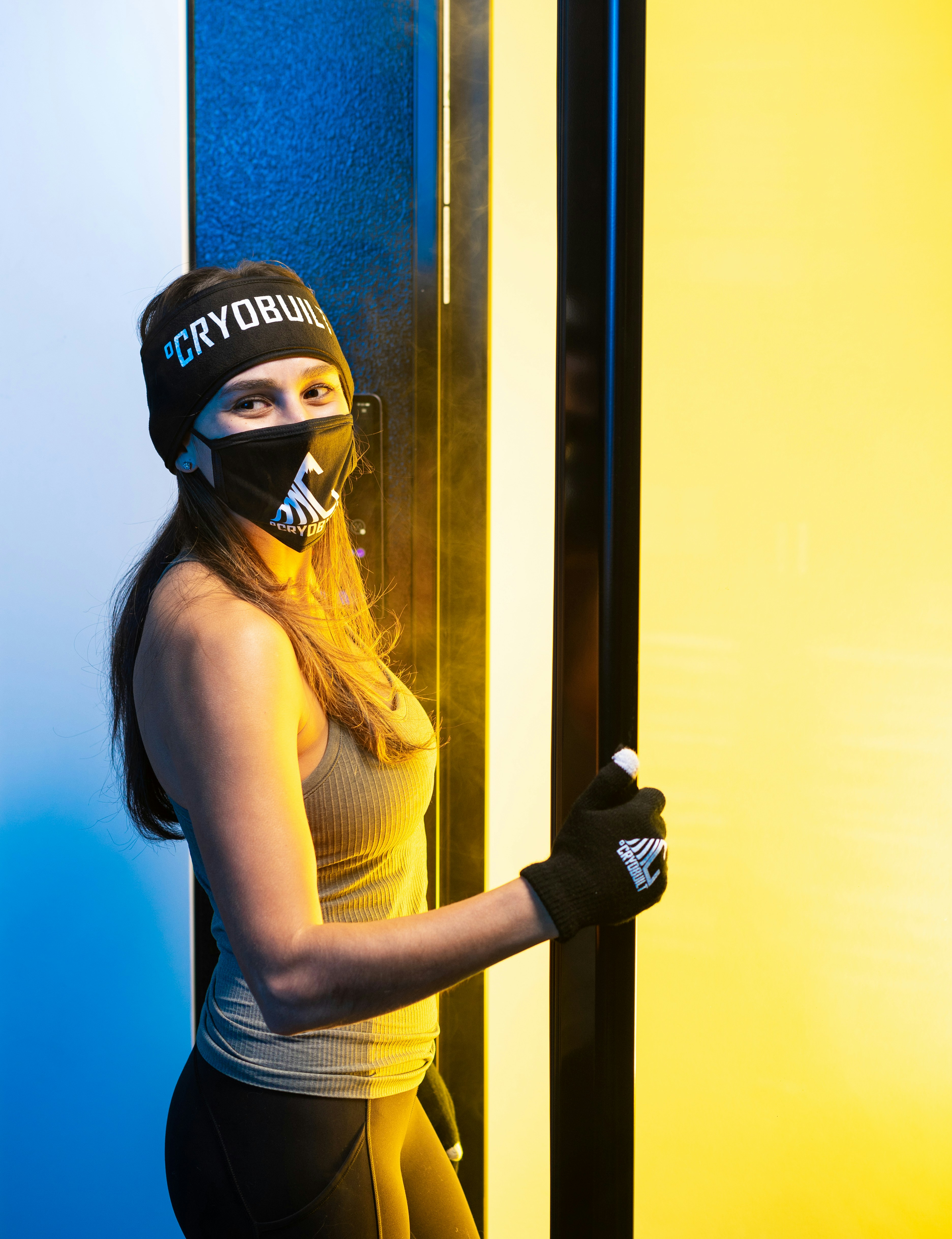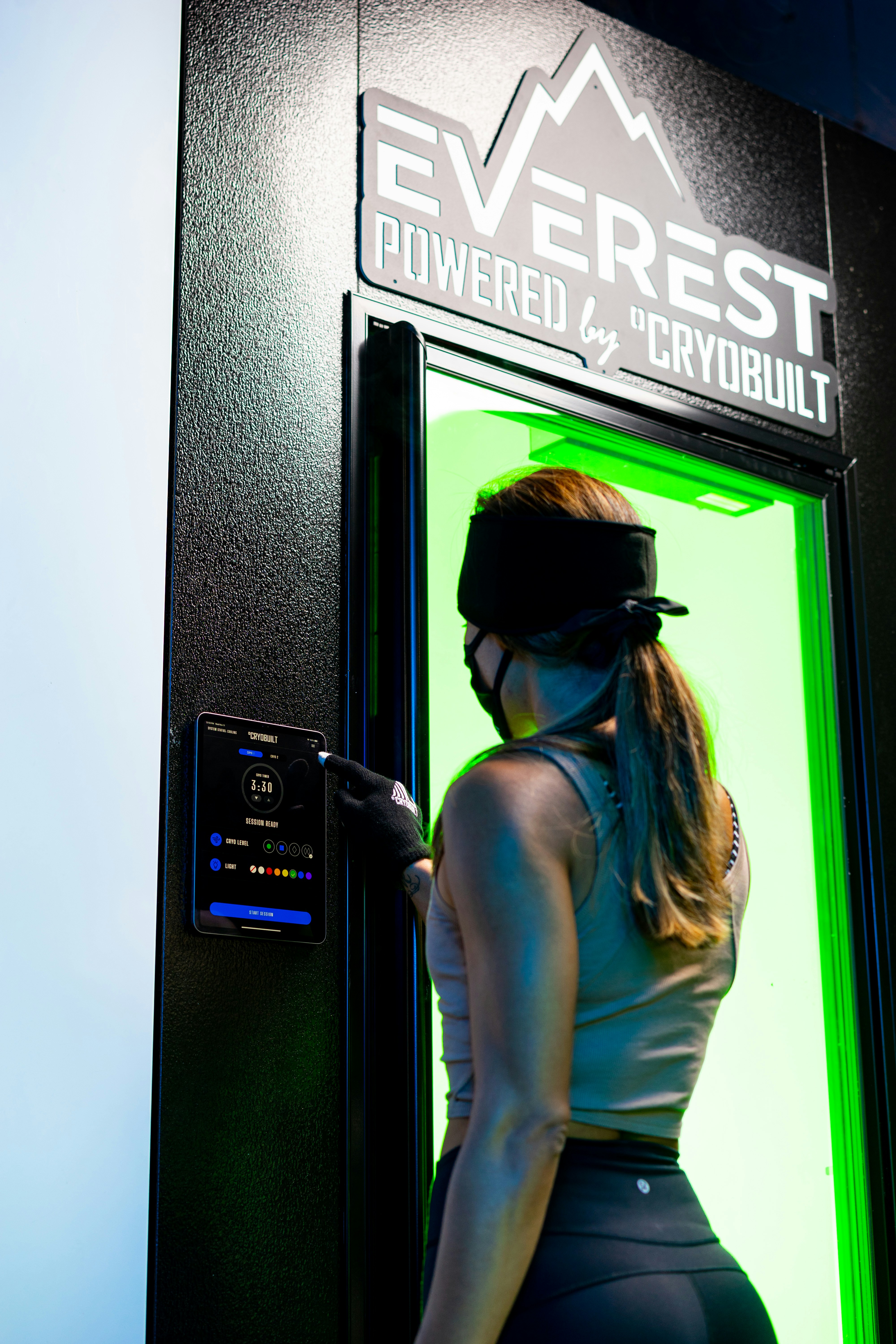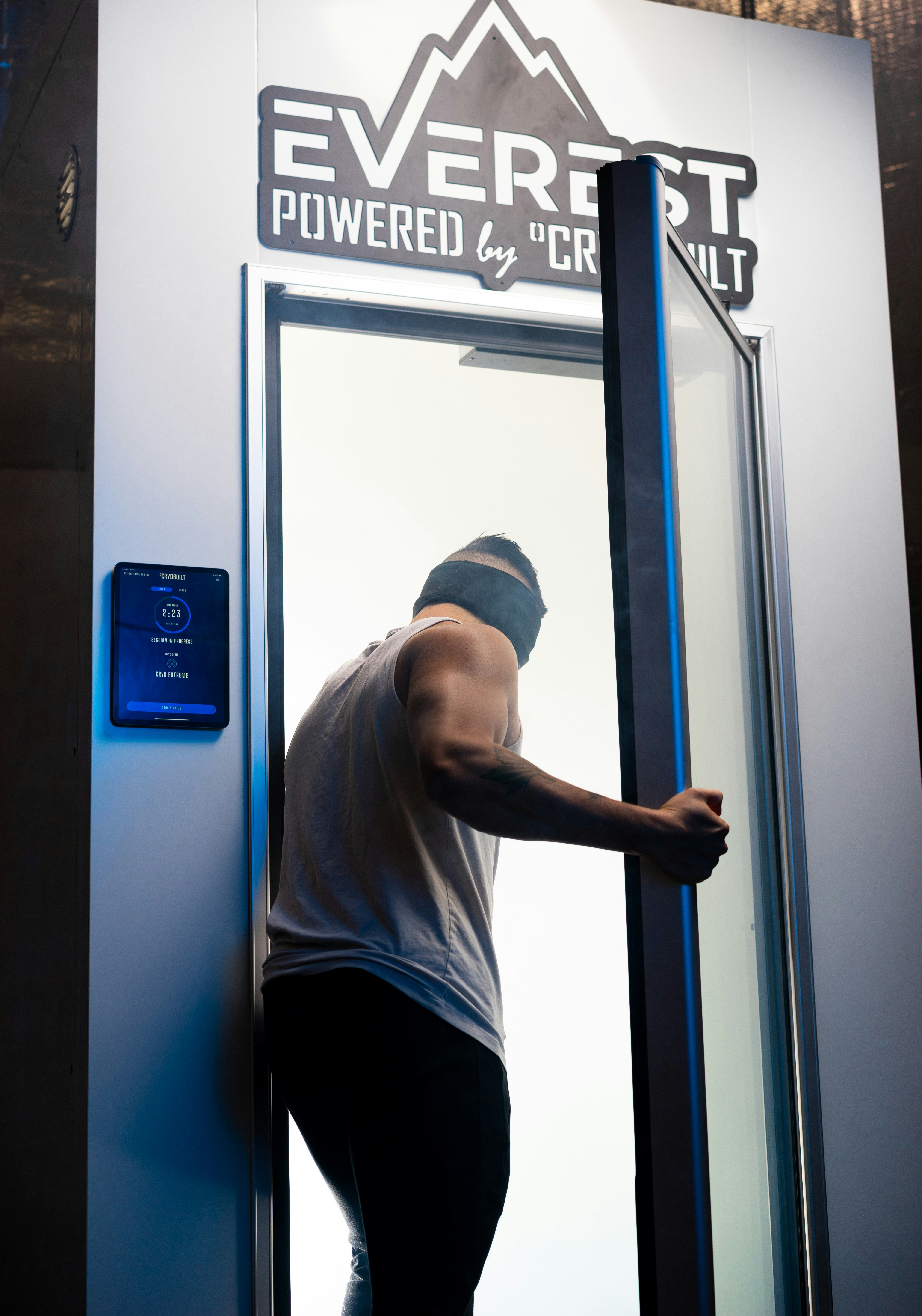Have you ever wondered how elite athletes manage to sustain high performance levels during intense training and competitions? Keeping up with the physical and mental demands of competitive sports can be incredibly challenging. One surprising secret used by many top-level athletes is cold therapy. You might find it interesting how this seemingly simple method can play a critical role in enhancing their aerobic capacity.
Understanding Cold Therapy
Cold therapy, or cryotherapy, involves the exposure of the body to extremely cold temperatures for health benefits. Traditionally, people used basic methods like ice baths or cold compresses, but modern advancements have seen the rise of sophisticated whole-body cryotherapy chambers. These chambers quickly expose athletes to extremely low temperatures, hoping to trigger specific beneficial responses in the body.
Types of Cold Therapy
There are several types of cold therapy, and not every method is suitable for everyone. It’s important to understand the differences so you can choose the method that’s right for you.
| Type of Cold Therapy | Description |
|---|---|
| Ice Baths | Sitting in a bath filled with ice-cold water, commonly used post-exercise. |
| Cryotherapy Chambers | Brief exposure to extreme cold in a chamber; often used for overall recovery. |
| Cold Water Immersion | More intense than ice baths, full body immersion in ice-cold water. |
| Cold Compression Therapy | Combines cold and pressure to reduce pain and swelling in specific areas. |
Each of these methods has unique benefits, but they all share the goal of harnessing cold temperature to initiate recovery and boost physical performance.
How Cold Therapy Works
The premise behind cold therapy is rooted in the body’s response to cold exposure. Such exposure initiates a series of physiological reactions aimed at protecting your core temperature, which in turn can be capitalized on to improve athletic performance and recovery.
Physiological Responses to Cold
When exposed to cold temperatures, your body kickstarts several mechanisms. Initially, vasoconstriction occurs, where blood vessels narrow to preserve core body temperature. When the cold is removed, vasodilation happens, with blood rushing back to tissues more vigorously, facilitating the removal of metabolic waste products and providing fresh blood carrying oxygen and nutrients.
With repeated sessions, cold therapy is thought to enhance the body’s natural adaptive responses. These physiological changes might include improved circulation and a tempered inflammatory response, which can contribute to better recovery and enhanced aerobic capacity over time.
Aerobic Capacity and Its Importance
Before delving into how cold therapy can improve this aspect, it’s helpful to understand what aerobic capacity is and why it’s crucial for athletes.
Defining Aerobic Capacity
Aerobic capacity, often measured as VO2 max, is the maximum rate at which your heart, lungs, and muscles can effectively use oxygen during exercise. This measurement is a key indicator of your cardiovascular fitness, reflecting how well your body can sustain long periods of extended exercise.
Importance for Athletes
For athletes, especially those engaged in endurance sports like running, cycling, or swimming, a high aerobic capacity is vital. It allows them to maintain higher intensity levels for longer periods without fatigue.
| Benefits of High Aerobic Capacity |
|---|
| Improved endurance |
| Faster recovery times |
| Enhanced energy efficiency |
| Reduced fatigue |
These benefits mean that athletes are more capable of withstanding intense training sessions and competitive events. Consequently, finding ways to boost aerobic capacity is a continual pursuit for athletes and coaches alike.
Role of Cold Therapy in Improving Aerobic Capacity
So, how exactly does shivering in an ice bath or enduring a few minutes in a cryotherapy chamber make you a better athlete? It turns out the link between cold therapy and improved aerobic capacity is both direct and indirect.
Direct Effects
A central benefit of cold therapy is its ability to speed up recovery. Recovery is a critical aspect of enhancing athletic performance, as it directly influences your ability to train more effectively. When you recover faster, you can engage in more frequent and intense aerobic exercises, thereby naturally improving your aerobic threshold over time.
Indirect Effects
Cold therapy indirectly benefits aerobic capacity through improved blood flow and reduced inflammation. By facilitating the quicker removal of metabolic byproducts and reducing muscle soreness, athletes are less prone to the deleterious effects of overtraining. With less downtime due to injury or fatigue, athletes can achieve more consistent training schedules, critical for aerobic improvement.
Studies Supporting Cold Therapy
Numerous studies have assessed the effects of cold therapy on athletic performance. These scientific inquiries aid in unveiling why so many athletes swear by their cold treatments.
Research Findings
Recent research has highlighted some intriguing findings:
-
Researchers have found that regular use of cold therapy can reduce delayed onset muscle soreness (DOMS), allowing athletes to train more effectively with less pain post-exercise.
-
Studies show that cold therapy can help maintain muscle power and performance post-exercise, which indirectly supports enhanced aerobic training adaptations.
-
Evidence suggests that cryotherapy can reduce inflammatory markers in the body, lending support to the idea that reduced inflammation throughout the body is vital for optimal aerobic performance.
Expert Insights
Experts in sports science advocate for the use of cold therapy not only for recovery but as part of a comprehensive training regimen. By strategically incorporating cold treatments, athletes can harness its benefits to nudge their aerobic performance to new heights.
Practical Considerations for Athletes
While the benefits are compelling, integrating cold therapy requires some practical understanding and adjustments within your training routine.
When and How to Use Cold Therapy
Timing and method are critical. Here’s a practical guide:
-
Post-Workout: Cold therapy is most effective when used after intense workouts. It helps in managing inflammation and muscle soreness.
-
Cryotherapy Frequency: Limiting cryotherapy sessions to no more than three times a week is recommended, allowing the body ample time to adapt to the training stimulus without dependency.
-
Duration: For ice baths and cryotherapy, maintaining short exposure times, such as 10-15 minutes for an ice bath and 2-3 minutes for cryotherapy, helps avert potential negative cold exposure side effects.
Considerations and Precautions
It’s essential to consider the individual nature of physiological responses:
-
Personal Tolerance: Everyone’s tolerance to cold can vary. It’s important to listen to your body and adjust exposure times and temperatures as needed.
-
Medical Conditions: Those with certain health conditions, like cardiovascular issues, should consult medical advice before beginning any cold therapy.

Cold Therapy as Part of a Holistic Training Regimen
It’s crucial to view cold therapy as one component of a larger training picture. Pairing it with a balanced nutrition plan, adequate hydration, rest, and various training modalities maximizes potential benefits.
Integrating Other Recovery Techniques
Cold therapy is most effective when combined with other recovery techniques such as:
- Active Recovery: Including light exercise on rest days to keep blood circulation flowing.
- Stretching and Flexibility Work: Helps prevent stiffness and aids muscle recovery.
- Hydration and Nutrition: Ensures the body has the resources it needs to rebuild and strengthen.
Monitoring and Adjusting
Athletes should continually assess how their bodies respond to cold therapy, making adjustments for optimal results.
Future Implications and Innovations
The fascination with cold as a performance-enhancement tool is growing, leading to even more innovative techniques being developed.
Emerging Technologies
Future advancements could see more personalized and controlled cryotherapy systems designed specifically for individual athletes’ needs. We might expect intelligent wearable technologies capable of monitoring physiological responses to cold exposure, offering precise insights for tailoring therapy sessions.
Potential Challenges
While the science holds promise, accessibility and cost remain barriers for widespread adoption. Continued research and technological advancements may eventually bridge this gap, allowing more athletes, regardless of level, to enjoy the benefits.
In conclusion, cold therapy opens new avenues for enhancing aerobic capacity, fortifying athletes against the high demands of their disciplines. It serves as a testament to the power of nature and innovation, intersecting to enrich human performance capabilities. By embracing this chilly avenue, you just might unlock new potential in your own athletic journey.





